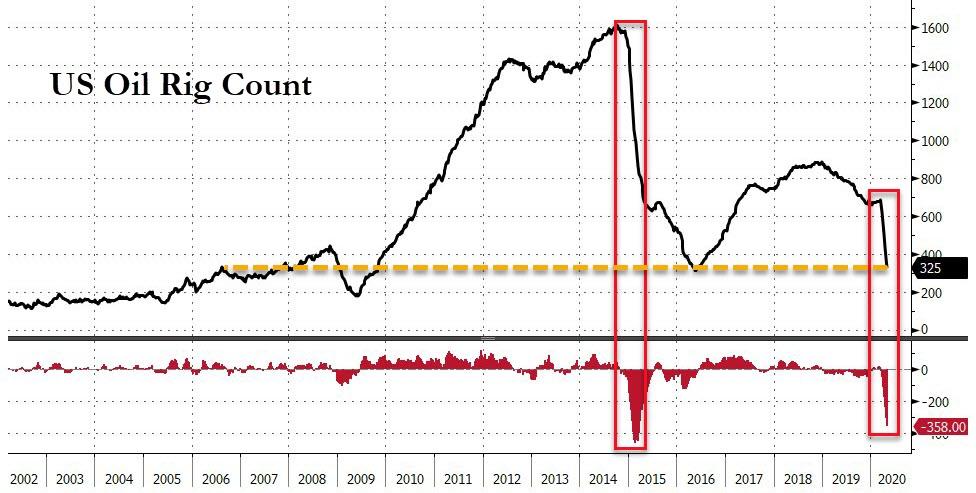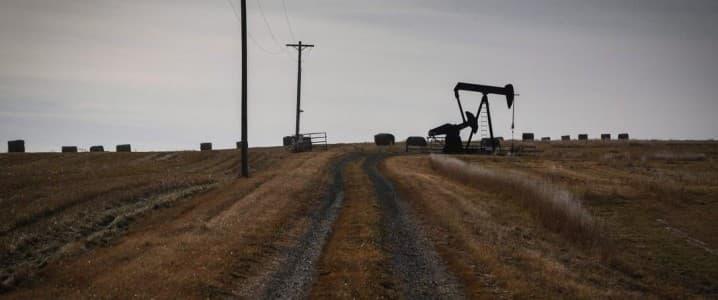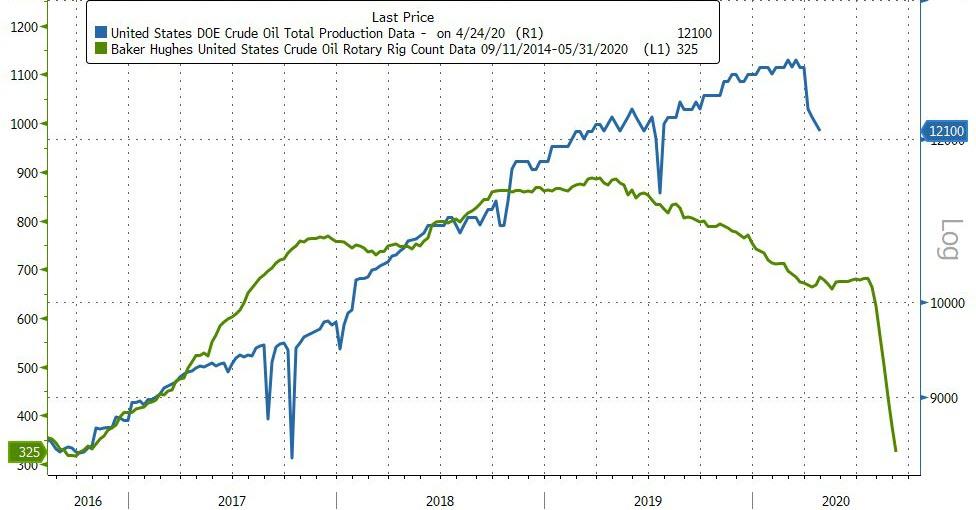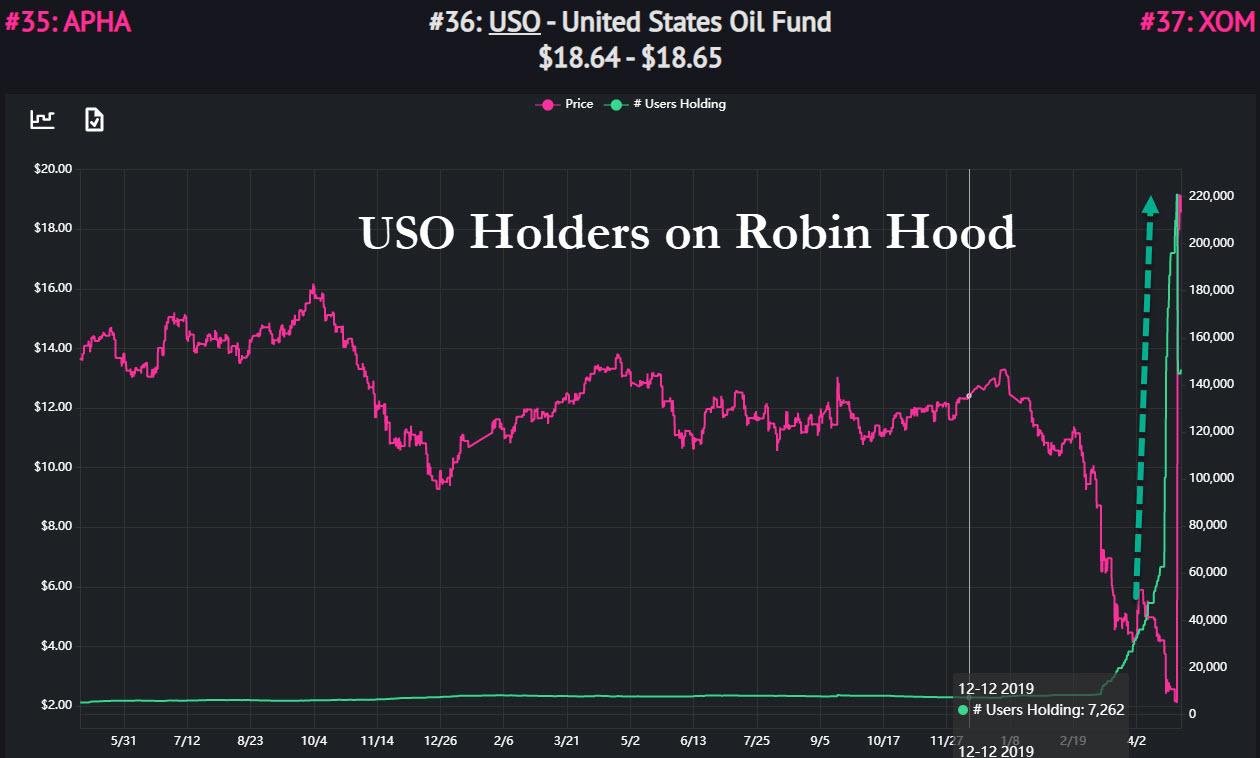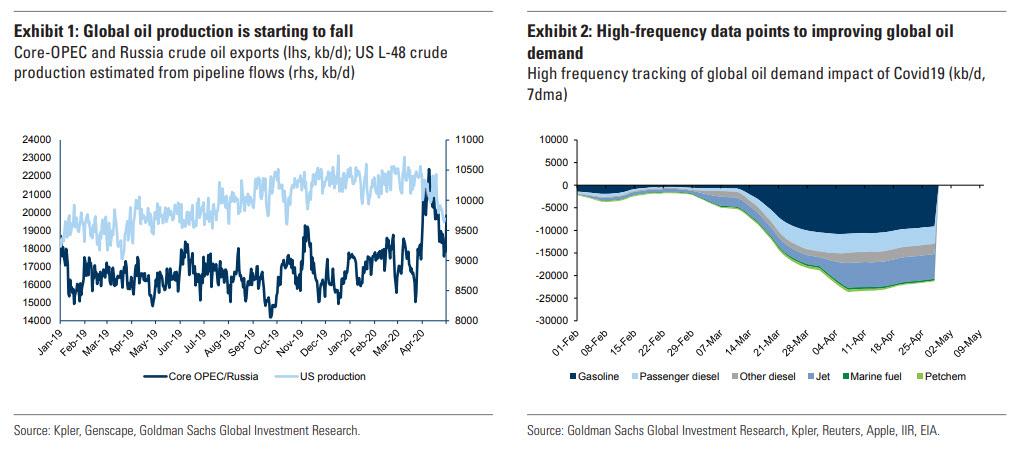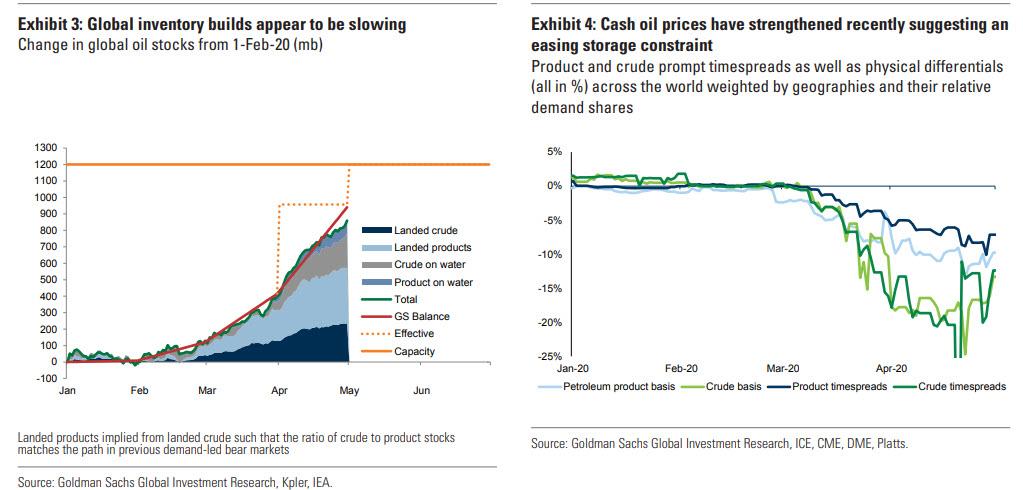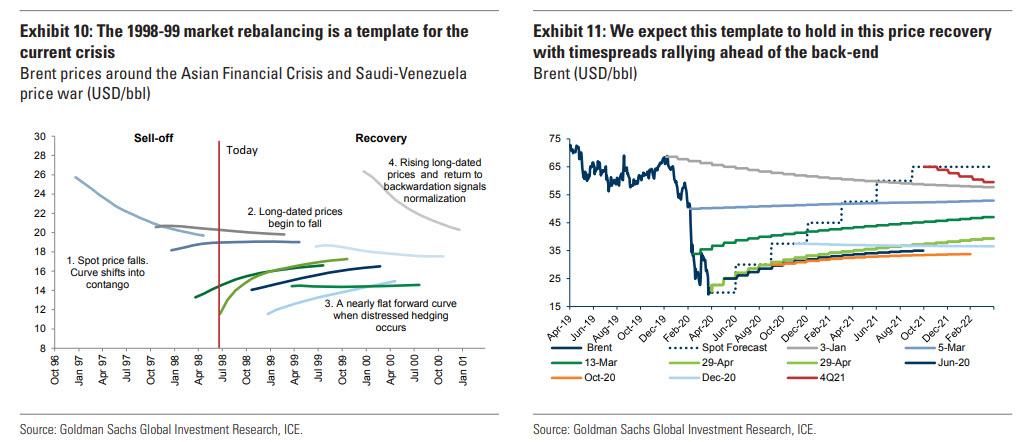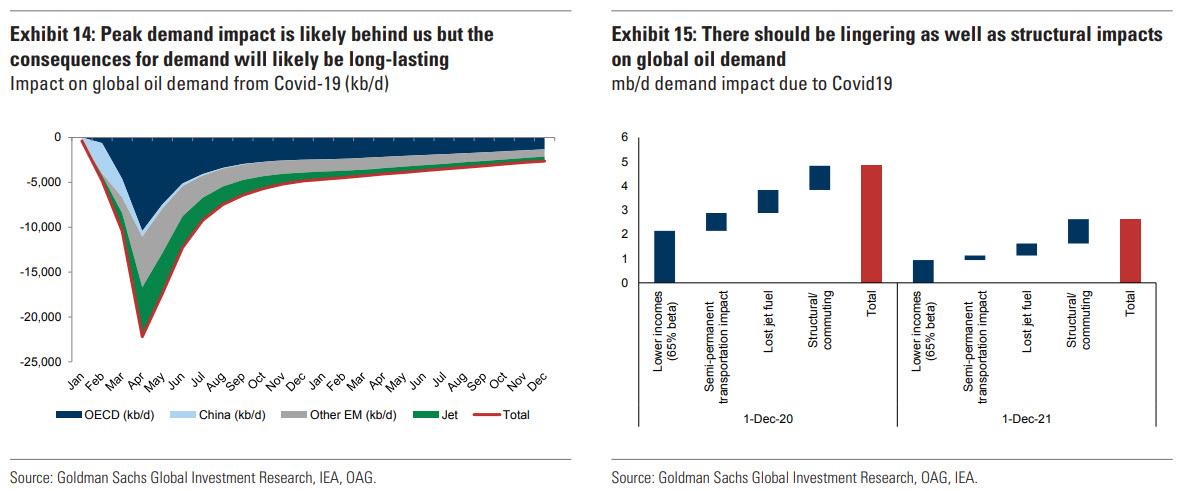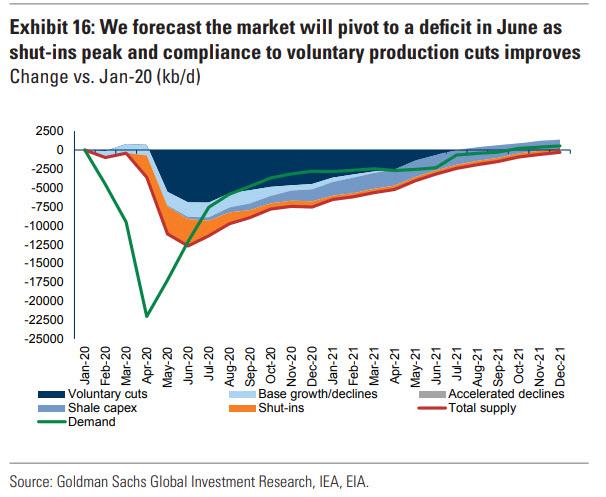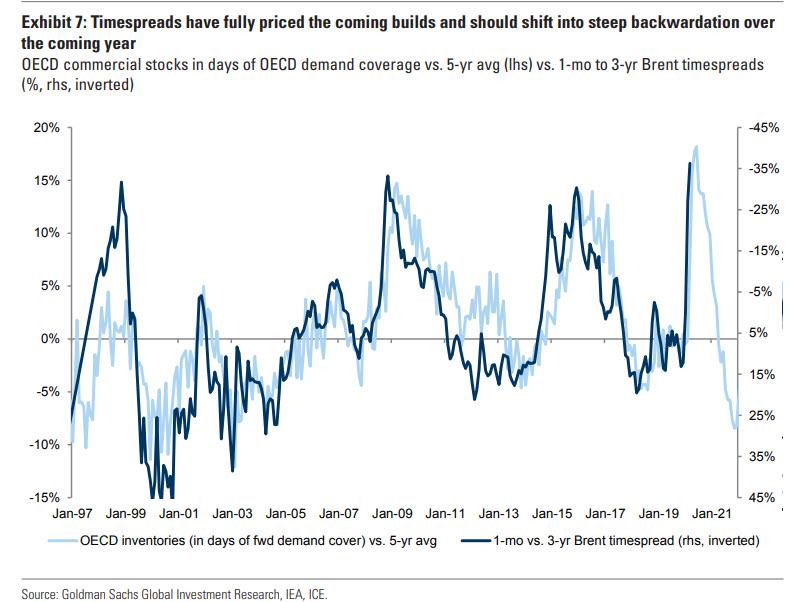The Wretched. Available now on various streaming sites and on-demand channels.
It’s really still a few weeks until the official clickoff date for Summer Popcorn Television, but the studios want to get their product out before we’re all dead of the plague. So here’s a few cool things about The Wretched, produced by IFC and debuting today just about everywhere probably including on your Etch-a-Sketch.
• It has three separate production credits for a guy named Erik Porn, who’s actually a real person. And you thought your parents were swine!
• There’s another credit to an instructional video (which, even before you dazedly click on it, has more than a million YouTube views) titled How To Field Dress/Gut A Deer Fast And Easy Upside Down! that takes cinema verité to whole new levels. (“The first thing you want to do is go to the old butthole here…”)
• There is no need for me to post a bunch of dreary spoiler-alerts anywhere in this entire review because The Wretched is the most incomprehensible moving image ever seen outside the Czech art-film circuit.
How a simple teenager-meets-a-creepy-haunted-house show ever went so barbarically off-course will be studied for decades in film schools all around the world (except the Czech Republic, which knows a thing or two about this). Suffice it to say that brothers Brett and Drew T. Pierce, who wrote and directed The Wretched, are bad writers and worse directors, though a good argument could be made that they are bad directors and worse writers. I’ve seen deer-gutting videos that made more sense.
Here’s what I can say with confidence about The Wretched. It’s set in the mid-1980s and patterned (and even makes a few hat-tips to) the teen horror and sci-fi flocks of that era, including The Goonies and Fright Night. Hunkish Jean-Paul Howard (Midnight, Texas) is Ben, the new kid in town for the summer, equipped with all the usual teenage appurtenances: estranged parents, latent hostility for his dad’s new lady friend, and a propensity for breaking into neighboring homes.
This last makes him suspect something off-kilter is going on across the street, though his new girlfriend Mallory (Disney Channel vet Piper Curda) is not convinced by the subtle clues he’s picked up. Ben, speaking of the dad next door: “Why would you say you didn’t have a kid when you do?” Mallory: “Maybe he’s just a private person.”
Or maybe a really mean tree is turning everybody into pod-people, pod-deer, and pod-bunny rabbits. At least, that’s what I think was happening. Between the slurry, cryptic dialog, the murkily, underlit photography, it’s hard to guess whether Ben’s neighbors have turned supernatural or merely wandered onto the set of Last Year at Marienbad. It’s never clear what the tree’s powers exactly are, or why it’s so mad at everybody, or how you make it stop. Ben stabs it, shoots it, burns it, and throws a load of garbage on the deck of its boat. (Wait, that one may have been an adverse reaction to a small-penis joke, of which there are a plenitude in The Wretched, though none of them were told by the tree. I don’t think.) But since everything happened in India-ink darkness, I was never sure which one worked.
Or if any of them worked. The show ends, seemingly, with everybody smiling and de-pod-ified, except the ones who weren’t. The exact dimensions of Ben’s penis remain unknown. His girlfriend Mallory gives him a funny look, though, which didn’t seem positive, although even that is arguable. As Freud used to say, “What does a pod-girl really want?”
from Latest – Reason.com https://ift.tt/2KRSLIg
via IFTTT

